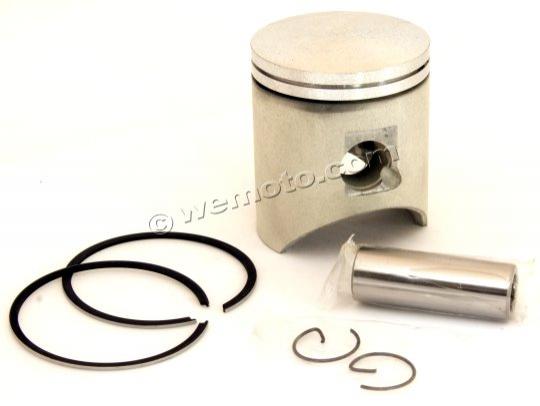
The need for additional small arms combined with a complete lack of spare industrial capacity led the British government to contract with two U.S. The SMLE therefore remained the standard British rifle during World War I and beyond. The primary contractor (Vickers) was unable to produce more than a handful of rifles, so the P14 became a de facto afterthought.
#Pattern 14 enfield parts full#
The action was a hybrid of the Lee and Mauser actions, with the rifle half-cocking on opening and full cocking on close (this was due to rapid-fire related heating making the standard Mauser action difficult to operate quickly). 303 Pattern 1914 (P14), a competent design fed from a five-round internal magazine. A modified Mauser-pattern rifle was built to fire it, the Pattern 1913 Enfield (P13) effective mass production was still a ways off when World War I started, to say nothing of the logistical nightmare of introducing a new rifle cartridge in wartime, so nothing came of this.Īdapting the same mechanism to fire the standard. 276 calibre round patterned from that of the Canadian Ross rifle.


This smaller, high-velocity round prompted the War Department to develop their own "magnum" round in 1910, using a. 303 Pattern 1914 (or P14) was a British service rifle of the First World War period that was principally contract manufactured by companies in the United States.ĭuring the Boer War the British were faced with accurate long-range fire from the famous Mauser rifles, model 1895, in 7x57mm caliber. Click on the Buy Now button at the top of this page to add this title to your Lee-Enfield library.Nota bene: This book does not cover the Lee-Enfield 2A rifle (7.62 mm NATO caliber) which was built at Ishapore, India.The Rifle. It is especially helpful for identifying missing parts when rebuilding a sporterized rifle.Printed in large format (8 X 10) for easier viewing of the schematic drawings. Each part is identified by name and number.Besides the rifles proper, also illustrated are all of the necessary accessories: Bayonets, sling and issue cleaning components, including the oil bottle, bore pull-through and wire gauze.This collection of drawings and parts lists is highly recommended for anyone wanting a breakdown of the internal workings of their venerable rifle. Copiously illustrated, phantom drawings of the various models of Lee-Enfield SMLE, and the Pattern 14 Enfield, show in great detail all assemblies and component parts. 4s (all makes and marks) to be the best bolt action rifles fielded during the Second World War.This guide's diagrams are clear and informative. Many military firearms aficionados consider Rifle No. 1 MARK III, affectionately know as the SMLE was built both at Royal Enfield in England and Lithgow in Australia.The Lee-Enfield Rifle Number 4 Mark I was built in England at a number of factories: Namely, the Royal Ordnance Factory, Fazakerley, the Royal Ordnance Factory, Maltby and finally the Birmingham Small Arms Company A wartime expedient variation, the Lee-Enfield Rifle Number 4 Mark I* was built in Canada at the Long Branch Arsenal and in the United States of America, by Savage at Chicopee Falls, Massachusetts.

3 (Pattern 14)Use this book to aid in disassembly and re-assembly, as well as learning the proper nomenclature for a particular part.The No. 1 Mark III (the venerable SMLE)The Enfield No. More particularly, this book covers the following rifles: Lee-Enfield Rifles No. Know your Rifle!We recommend this book for anyone who has a Lee-Enfield rifle for the way it shows phantom parts drawings, lists each individual part and gives its Ministry of Defence part number.


 0 kommentar(er)
0 kommentar(er)
